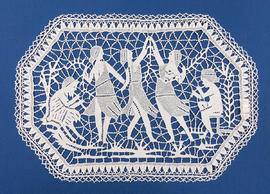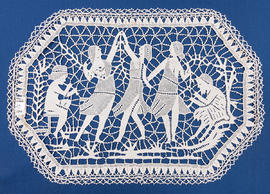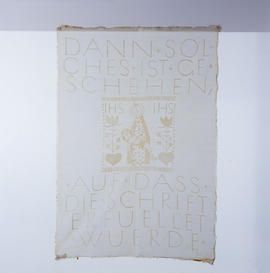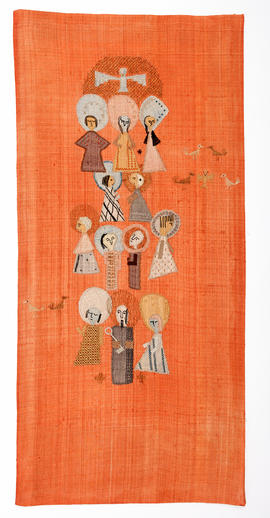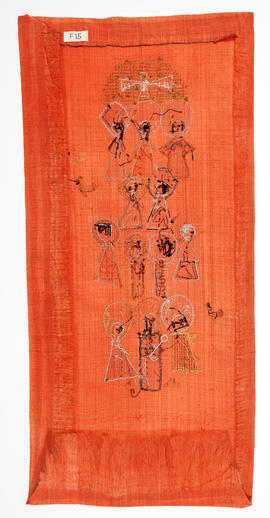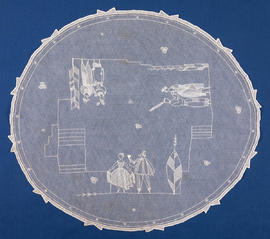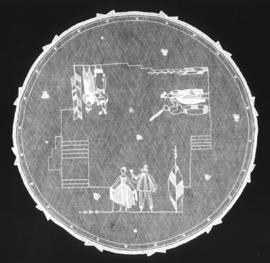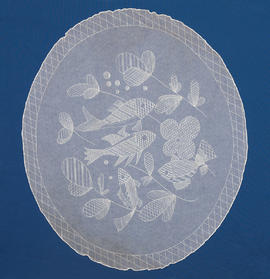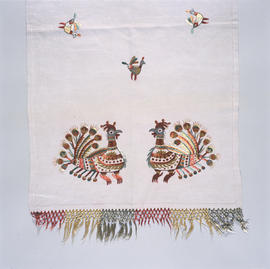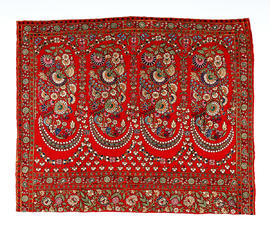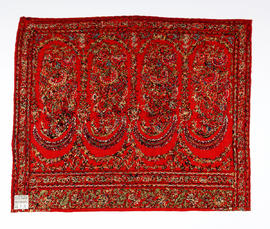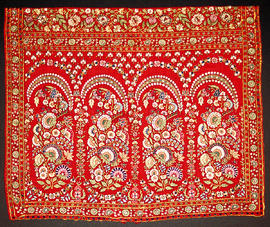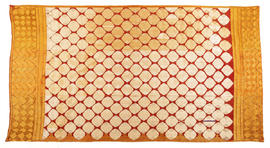Glasgow School of Art correspondence file
- NDS/COR/7
- Folder
- 1947-1966
Part of Records and textiles of the Needlework Development Scheme
Correspondence between Glasgow School of Art and University of Dundee Museum Collections regarding Needlework Development Scheme 1994-1995; List of items/exhibits held by the four Scottish Art colleges/schools 1947; Catalogue of NDS items held by Glasgow School of Art [1962]; Correspondence and estimates of insurance for the Glasgow School of Art NDS holdings 1966; Distribution of Needlework Development Scheme Embroideries, n.d.
*Not available / given


